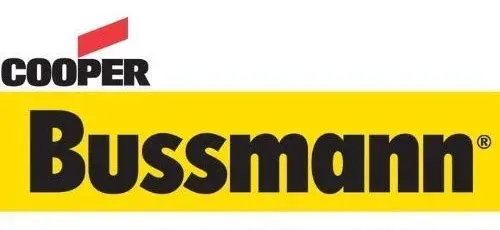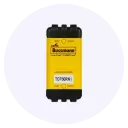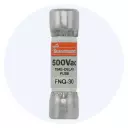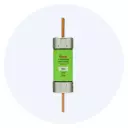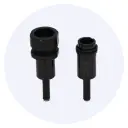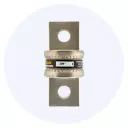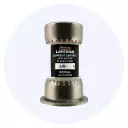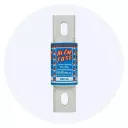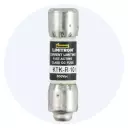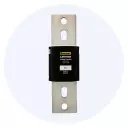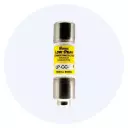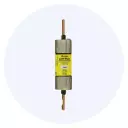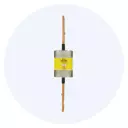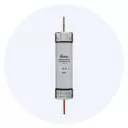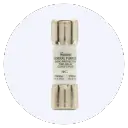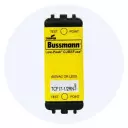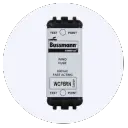Blog
Eaton-Bussmann Fuse for Safe Electrical Systems
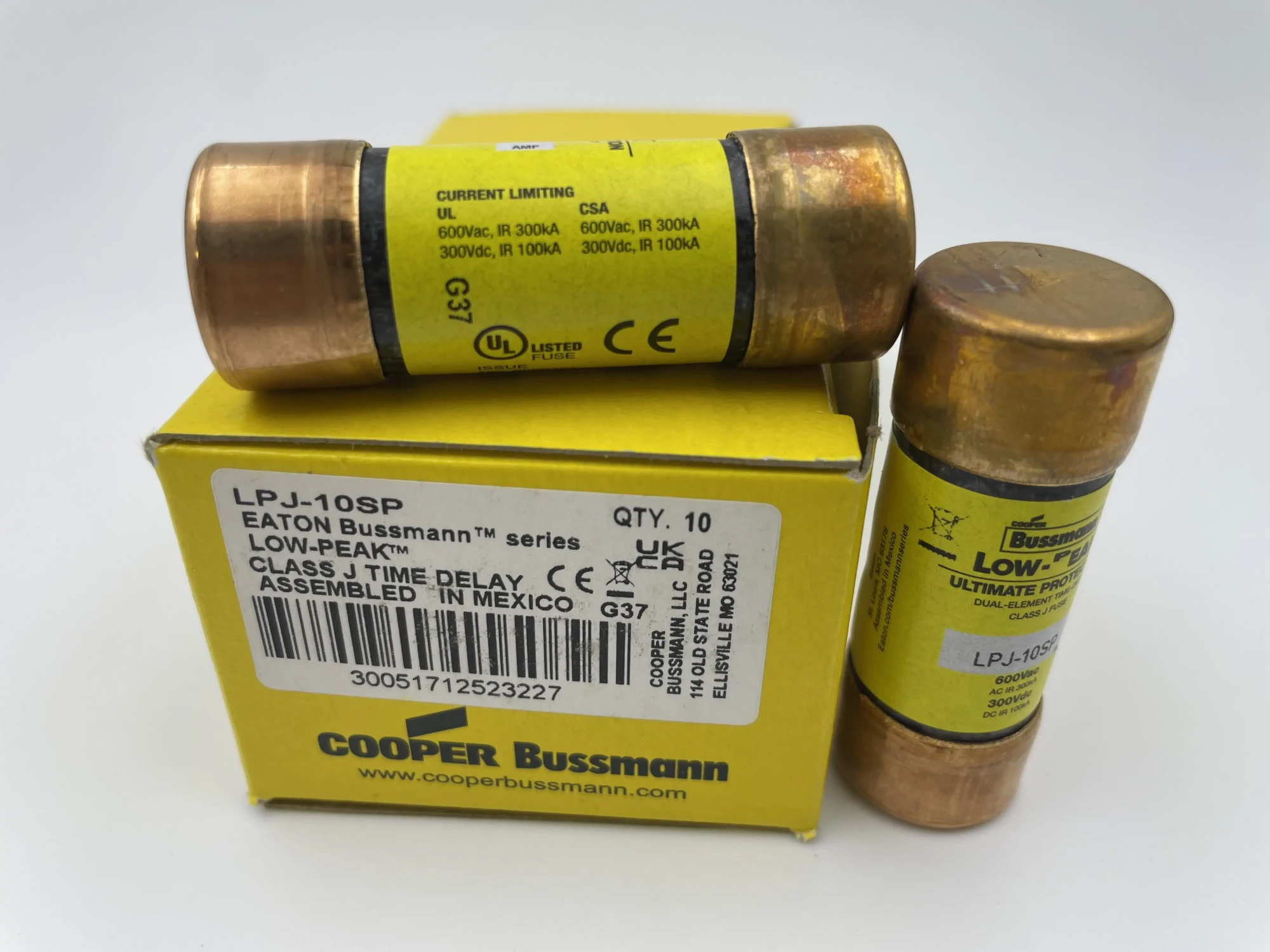
Introduction to Eaton-Bussmann Fuse for Safe Electrical Systems
In today’s world, electrical safety is of paramount importance, and the need for reliable and efficient circuit protection solutions cannot be overstated. As a pioneer in intelligent power management, Eaton Bussmann has been at the forefront of providing high-quality circuit protection products and solutions to protect electrical systems from damage. Among their extensive range of products, the Eaton-Bussmann Fuse stands out as a critical component in ensuring the safety and integrity of electrical systems. In this blog post, we will delve into the Eaton-Bussmann Fuse, its product parameters, specifications, uses, and precautions, providing a comprehensive solution for safe electrical systems.
Understanding Eaton-Bussmann Fuse
The Eaton-Bussmann Fuse is a type of overcurrent protection device designed to protect electrical circuits from excessive current flow, which can cause damage to equipment, injury, or even fatalities. These fuses are manufactured to exacting standards, ensuring they meet the highest levels of quality, reliability, and performance. Eaton Bussmann offers a wide range of fuses, including North American fast-blow fuses, IEC standard fuses, American standard cylindrical fuses, European standard square fast-blow fuses, UL/CSA certified low-voltage fuses, miniature low-voltage fuses, and more.
Key Product Parameters and Specifications
To ensure the safe and effective operation of electrical systems, it’s essential to understand the key product parameters and specifications of the Eaton-Bussmann Fuse. These include:
- Current Rating: The maximum current the fuse is designed to handle without opening.
- Voltage Rating: The maximum voltage the fuse can withstand without failing.
- Time-Current Characteristic: The relationship between the fuse’s opening time and the current flowing through it.
- Interrupting Capacity: The maximum current the fuse can safely interrupt without causing damage.
- Certifications: Compliance with relevant industry standards, such as UL, CSA, and IEC.
Uses of Eaton-Bussmann Fuse
Eaton-Bussmann Fuses are used in a wide range of applications, including:
- Industrial Control Systems: Protecting motor control centers, distribution panels, and industrial machinery.
- Commercial and Residential Buildings: Safeguarding electrical distribution systems, lighting, and HVAC equipment.
- Transportation Systems: Protecting electrical systems in vehicles, aircraft, and other transportation applications.
- Renewable Energy Systems: Ensuring the safe operation of solar and wind power systems.
Precautions and Considerations
When working with Eaton-Bussmann Fuses, it’s essential to follow proper safety procedures and guidelines to avoid injury or equipment damage. Some key precautions include:
- Proper Selection: Choosing the correct fuse for the specific application, considering factors such as current rating, voltage rating, and interrupting capacity.
- Installation: Following the manufacturer’s installation instructions to ensure the fuse is properly installed and secured.
- Maintenance: Regularly inspecting and testing the fuse to ensure it’s functioning correctly and replacing it as needed.
- Handling: Handling the fuse with care, avoiding damage or contamination, and following proper disposal procedures.
Conclusion
In conclusion, the Eaton-Bussmann Fuse is a critical component in ensuring the safety and integrity of electrical systems. By understanding the product parameters, specifications, uses, and precautions associated with these fuses, electrical engineers, technicians, and maintenance personnel can ensure the safe and reliable operation of electrical systems. As an authorized Eaton Bussmann distributor, we guarantee the authenticity and quality of our products, providing our customers with the latest technical information and a comprehensive online product and inventory list. By choosing Eaton-Bussmann Fuses, you can have confidence in the safety and reliability of your electrical systems.
